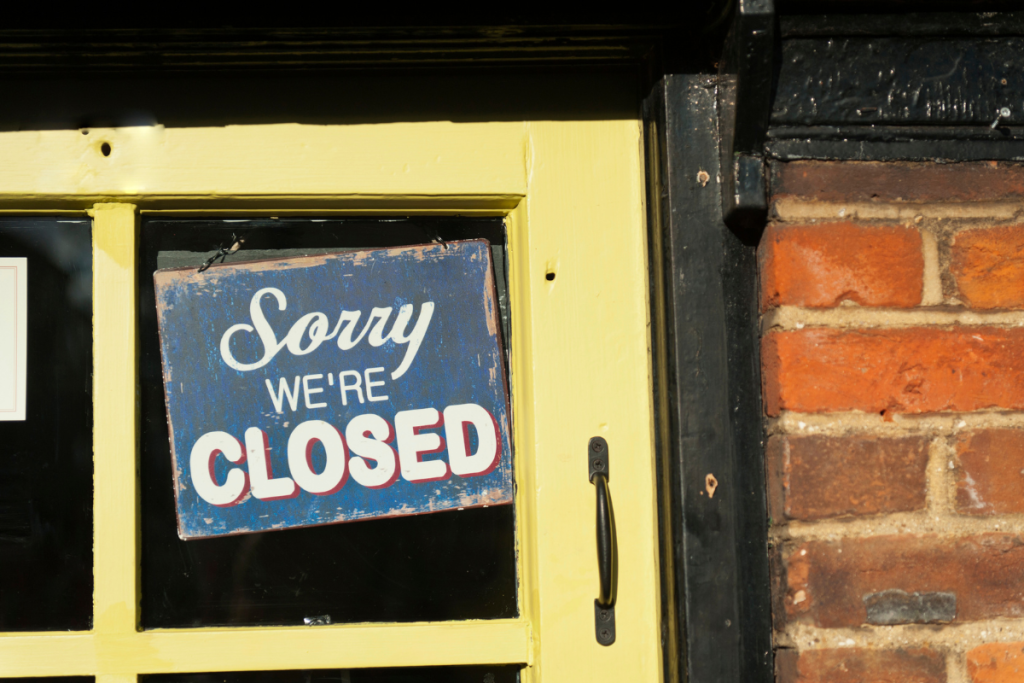Table of Contents
Thinking of starting a dog walking business? As with any business you need to consider all of the pros and cons. You also need to consider the risks of starting a dog walking business.
What are the risks / disadvantages of a dog walking business?
Dog walking as a side business, or even as a small business venture, is becoming more popular. All you need is close proximity to dog owners, some time, and some strength to hold onto the bigger breeds. But as with any business, there are risks involved in getting started. When you are handling pets, there are also added risks outside of normal business risks because animals (and sometimes owners) can be unpredictable and even dangerous.
Before you rush out and start advertising your new dog-walking business, read through our list of risks and ways to minimise to eliminate them. Learning as much about the business as you can is the best way to protect your business endeavour. We’ll discuss these in just a moment, but first let’s consider their likelihood.
How likely are these risks to occur?
Like any business, dog walking has its risks.
These range from insurance and safety risks to practical and logistical problems that a lot of new entrepreneurs don’t think through before starting their business.
Here are some of the most common, and often overlooked, risks along with ways to minimise or avoid them.
Taking on an unruly or difficult dog, or failing to meet the owner and dog before accepting their business
Being eager to land new clients is good, but be careful to meet the owners and their dogs before accepting their business. An unruly dog can be dangerous to you, the public, and your business so it is in your best interests to get to know the dog first and be discerning about which dogs you take on. Even if it means losing business.
Whenever possible, you should offer a trial period or test walk to check how the dog responds to the lead, various commands, other pedestrians, and other dogs. You can also put a clause into your contract stating that if a dog is unmanageable then the contract can be terminated. Wirral based dog walker Eleanor Murray from Peninsula Paws recommends taking dogs locally during their trial period to ensure they are not too far from home should they need to be returned for their or your own safety.
Not taking into consideration geographical restraints when accepting new clients
Dog walking is all about repeat customers. If you are looking to let your business grow then taking on multiple clients on a single day who live far away might be fine when you are starting out, but it limits your options as your business expands.
Set a geographical boundary and separate areas to different days so that you can easily group clients. This allow you more time for multiple clients and minimises travel.
Ignoring or not understanding the legal requirements
Most businesses require some level of insurance to protect both the business and the client. When it comes to dog walking, there are inherent dangers associated with working with animals as well as a heightened risk of something happening to your client’s asset – in this case, their highly valued dog.
Not knowing the recommendations and precautions
NarpsUK is the National Association of Pet Sitters and Dog Walkers in the UK and they offer training courses, memberships, and guidelines for dog walkers. You should be fully aware of these guidelines if you plan to start a dog walking business. This is because they set the national standard. By following their guidelines you are protecting yourself and your business, both practically in the day-to-day running, as well as legally.
Some of the core advice includes:
- Having prior experience of caring for animals
- Only use reward-based training and never be violent towards an animal
- Always meet owners in advance of taking their business and make sure they fully understand the contract they are agreeing to
- Do not walk more than four dogs at the same time
- Always be sure to correctly dispose of excrement
- Check with local authorities to obtain any necessary permits or permissions
- Have a relevant DBS clearance to present to clients
Failing to have a contract in place
Many new business owners start informally and only put legal documents like contracts into place once they have established themselves a bit more. This is a risk that is never worth taking.
Your dog walking business needs a contract in place to protect you from harm and to prevent disgruntled pet owners from endangering your business. The contract will help you establish firm boundaries with clients and will allow you to set out expectations clearly from the beginning. If you and your client both know the expectations from the start, then you are less likely to have any unpleasantness later on.
Some things you may want to include in the contract are:
- The cost of your service
- The length of time/distance you will walk a dog
- How many dogs are involved in each session
- Reasons why termination of the contract are allowed
- Penalties for misinformation about a pet (such as recall ability or the extent of their training)
- Who will supply dog walking equipment and how damage to equipment is dealt with
- Policies on letting dogs off lead
- Where the dogs will be walked
- If you will walk the dog the entire time or transport them in your car to an appropriate environment
Protecting yourself against these risks
We recommend at least basic public liability insurance as a minimum.
Public liability insurance covers your business should it cause injury or property damage. For instance, if a dog were to scratch a child, or chew on a fence post, and your business was sued for it, your insurance would cover the damages. Public liability insurance will also cover any injury to a pet in your care. This is especially important if you plan on taking dogs to places where there might be misbehaved dogs or if you plan to take the dogs in your care off lead.
Personal accident cover is also recommended when working with animals. If a dog becomes frightened or anxious it may bite, and you could end up losing business or being seriously injured. If you underestimate the strength of a dog, you could also get dragged, resulting in injuries. Having personal accident cover will help you cover any costs incurred because of injuries you sustained while working.
Other insurance to consider include:
- Employer’s liability insurance – this is a legal requirement if you employ anyone else for your business
- Stock insurance – necessary if you plan to use your own equipment, including crates if you are driving the dogs to dog parks, leads, treats, toys, or any other equipment you use for your business
- Legal expense insurance – covers you if a lawsuit is brought against your business for any reason



















































































































































